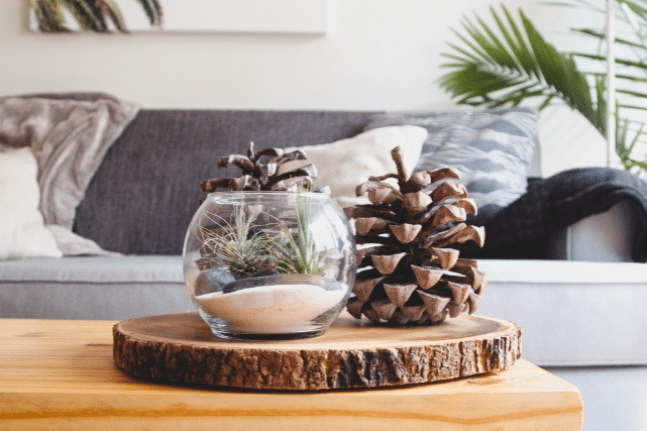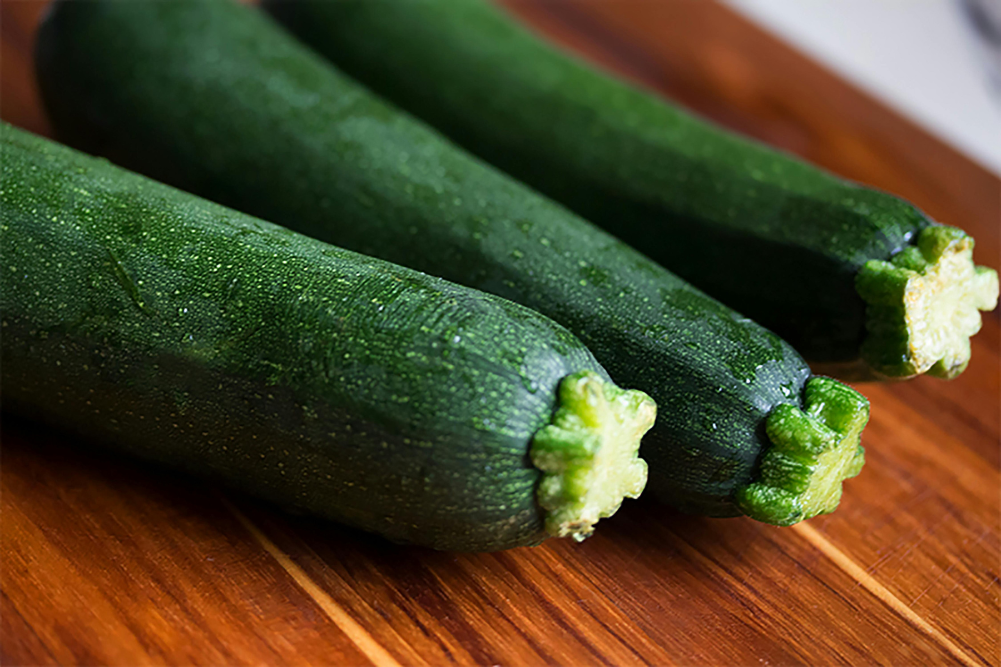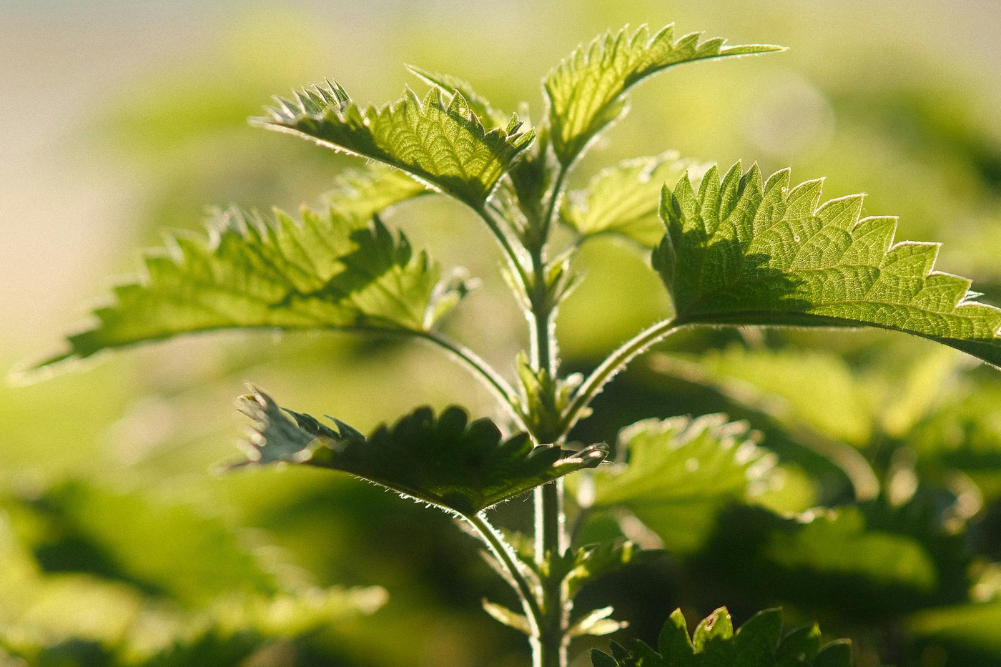Your guide to feng shui for the home
Geomancy is the field that studies how to live in harmony with your physical environment. Feng shui is a well-known form of geomancy, designed to enhance the “chi” or feel of a physical space, creating harmony in both the actual environment and in the lives of those who live there.
Considered an ancient Eastern science, feng shui developed more than 1000 years ago. At its most detailed, it involves exploring birth energy as well as the interaction between the land on which your home is situated and the building itself. At its simplest, it provides a holistic approach to domesticity that allows you to create change in key life areas through organising, de-cluttering and functional decorating. It does so by linking these practical chores to the energetic or emotional quality of your Home.
De-cluttering
One of the biggest barriers to a healthy, happy home is space that’s filled with clutter and unused, old or broken objects. If you can’t comfortably move around your home or the rooms in it, how can energy flow smoothly? A de-clutter, where you remove or pass on things you’ve outgrown or no longer use (great for homes with growing kids), creates physical and emotional openness and helps welcome new opportunities.
De-cluttering also powerfully supports releasing energy and attachment to the past, as well as emotional baggage. A simple clean out — of cupboards, behind doors, under beds, the garage/garden shed, fridge/pantry, bookshelves or your wardrobe — can instantly refresh your physical space, which, according to feng shui, also means a refreshed mental outlook and happier life.
The Bagua Map
The Bagua Map, based on the I Ching, is a square map containing nine cubes through which you can locate the treasures in your space. It links each corner or room in your home or building to an area of life. Feng shui practitioner Terah Kathryn Collins states, “According to feng shui, the good fortune of the inhabitants is significantly strengthened when the Bagua of their home or workplace has been properly mapped out and enhanced.”
Each cube in the Bagua Map relates to an area of life. As you lay the Bagua Map over your physical space — either your home as a whole or the individual rooms in it — you’ll see that certain parts of the building fall into certain areas of the Bagua Map. For instance, the far left-hand corner of the Bagua Map is the wealth corner. Imagine standing at the front door to your home and visualise the room or space in the far left-hand corner of the building. You may have a bedroom, office, deck or bathroom there. That physical space in your home or property is linked to the experiences you are or aren’t having around wealth.
Orient the Bagua as if you were standing at the main entrance or doorway about to enter the room/building (facing inwards). In homes where you have two or more floors, apply the Bagua individually to each floor based on the direction you are facing when you step off the last stair.
The centre was traditionally included as an internal courtyard. In vastu shastra, this was thought to connect the home’s inhabitants to the open sky. As you’ll find with many feng shui techniques, it also had a practical application, providing occupants with fresh air and a cross breeze. In your modern home, a central stairwell, sky light or piece of grounding art can serve a similar purpose.
|
Wealth & Prosperity |
FIRE
Fame and Reputation |
Love and Marriage
|
|
WOOD
Health and Family
|
EARTH
CENTRE (yellow, neutral) |
METAL
Creativity and children |
|
Knowledge and self cultivation
|
WATER
Career |
Helpful people and travel |
Front/doorway/last stair
___________________ Entrance starts here___________________
Five element theory
Each sector of the Bagua Map is linked to one of the five Chinese elements — Fire, Earth, Metal, Water and Wood — either directly or as a link between the two. Every element supports or inhibits another according to the elemental cycle. Maximising your space and improving chi involves balancing each element in the areas described by the Bagua Map.
Support cycle
Wood supports fire; fire supports earth; earth supports metal; metal supports water and water supports wood. In the natural world, wood literally feeds fire, so symbols or talismans of the earth element will support the fire area of your space. Wood floats on water and water features or replicas in the wood area of your space help support this area of life becoming more functional.
Inhibiting cycle
Fire inhibits metal; metal inhibits wood; wood inhibits earth; earth inhibits water; water inhibits fire. The heat of fire melts metal, so if you have an excess of metal in an area you may include some fire talismans to tone it down. If you are focused on stimulating the metal area of your house (the creativity and children zone, on the middle of the right-hand side of your space using the Bagua Map), then you might remove any fire or heat objects as these inhibit flow and function in this space.
Your bedroom and love
While your bedroom may not fall in the far right-hand Bagua corner, it always has a connection to love and romance, with the master bed the feature. Changing bed linens and adding or updating cushions, throws and rugs helps energise this space, in turn helping invigorate your primary relationship or search for love.
Clearing out your closet or ensuite bathroom so there is fair space for two also helps. Giving your bathroom cabinets or makeup kit a spring clean has the added bonus of boosting self-esteem. Old makeup or grooming gadgets represent a dated self-image and letting go of one helps you let go of the other, making it easier to accept yourself as you are in the present.
Pinks, reds and whites plus pairs of objects are best to stimulate romantic energy, as is the fire element (like with candles, lights or music). These work well in both the master bedroom as well as the far right-hand corner of your home.
If you’re stuck on an ex, make a memory box of your favourite times together and put it away safely, outside the bedroom. Then get rid of everything else that has ties to them. Sometimes this takes time, but the more physical stuff you release the easier it becomes to get over them emotionally.
If you want your current relationship to move forward, collect photos of you and your partner doing your favourite things together. Hang them on the far right-hand wall of your home and/or bedroom. Or find two equal-size candles and place them in this space — remember to burn them to really charge up the love chi.
One of the simplest romance feng shui principles I’ve offered over the years is that of bed position. To give you the best chance at attracting and nurturing a relationship with an equal partner, your bed must be easily accessible from both sides. Beds pushed into a corner create negative feng shui.
Wherever possible, place your bed on a solid wall (not under a window) where it can be easily entered from both sides, preferably without having your feet face a doorway. When situating mirrors in bedroom, place them so they are either not visible from the bed or can be covered at night. Mirrors are stimulating and the bedroom, your place of rest, is not usually the best location for one.
The kitchen and health
The fridge and pantry hold the food that nourishes you and those you live with and regularly clearing out old or dated products helps keep everyone’s physical wellbeing on track. Make sure regularly used food items are easily accessible, ideally at or near eye level. If you need to, spend time creating a functional storage system for food or crockery. The more user-friendly your kitchen is, the better the health energy flow and vice versa. This is especially important if your kitchen is in the health area of the Bagua Map.
Money, fire and water
If wealth is your concern, focus on the main sources of heat in your home. The oven and stove are key sources of fire energy, as are any heating appliances such as a fireplace. These can easily cause overstimulation, so be sure they are kept clean, in good working order and switched off when not in use. Cleaning the oven (the main source of fire/wealth energy in a home) is more than just good housekeeping; it’s a key part of feng shui for wealth.
Keeping your fridge clean, clear and organised helps prevent your finances getting stuck in a rut. Clearing out the pantry can relieve tight cash flow.
Water represents money. Keeping taps and toilets in good working order helps improve cash flow. Address leaks as soon as possible and aim to keep toilet lids down — this helps prevent money unnecessarily flowing from your space. A simple money remedy includes keeping two bowls of pebbles at the back of the toilet — one on either side of the pipes — to help stabilise the “flushing” water/wealth energy.
Home office
As you’re applying feng shui principles to your home, consider your computer/desk/office area. Have you got the files and storage space you need? Do you have a system that makes sense to you to handle the flow of work or bills?
When career is your major focus, rearranging your desk or home office can create a shift in energy, as can applying some of the Bagua tips in both the front middle (career) and back middle (fame and reputation) sections of your home. Remove anything you don’t love or need in these areas. Bring in new objects — practical, functional or inspiring pieces — so your work space or career and fame zones better reflect your goals and ambitions.
Your garden
You can also apply feng shui principles and the Bagua to your Garden. One of the easiest ways to do this is to plant flowers or fruit- and vegetable-generating crops in your garden. Use the Bagua Map overlay of your property to work out which colours would work best based on the Bagua cube in which your garden falls. Vastu shastra practitioners believe trees represent prosperity and especially auspicious directions to plant are the south and west.
Practical improvements
Keep a clear visual of how you’d like each area of life to change as you get fenging to re-energise your space and therefore your life. Practical improvements include fixing any broken or malfunctioning appliances and furniture. DIY becomes a powerful way to overhaul your life when you see couches and beds as sources of support, or windows and curtains as the lens through which you see the world.
Art and colour are simple ways to consciously create a connection between rooms in your home and the energy they symbolise. Use the Bagua Map as a starting point and let your imagination run wild as to how you might incorporate a colour or element in each room to help manifest your intentions for that area of life.
Feng shui principles, such as the simple design philosophy “less is more”, help you harness the energy that exists in everything. Since flow improves function, make sure your home is full of useful and regularly used appliances. Hoarding creates stagnant or blocked energy, making it hard for you to live to your potential. One of the secrets to feng shui is that you can quickly jumpstart a happier mind by creating calm in the space around you.
Once you’ve planned your feng shui changes and adjusted your space accordingly, expect to see improvements within a month. If nothing significant changes, reconsider your goals and review your methods. You may have missed a key point or two. Feng shui might seem like simply tidying your home, but you’ll be amazed at how a functional, flowing space equals a happier home.
Flying Stars and vastu shastraOther forms of geomancy include the Flying Star Compass method and vastu shastra. The Flying Star School highlights individual compass directions as positive or negative for different endeavours. These compass directions change annually and may be more or less important for you based on the totems and directions highlighted at your birth. Vastu shastra is a Hindu system popular in India that is said to predate the more widespread (in the west) Chinese feng shui system. Its basis, like that of other styles of geomancy, is that together man and nature can co-exist harmoniously with one supporting, rather than detracting from, the other. As with feng shui, Flying Star School and vastu shastra are expressions of the basic tenet that you interact with the energy of all the things around you. The underlying premise to all forms of geomancy is that different directions, be they on the modern compass, the Bagua Map or the older Luo Pan compass, symbolise different areas of life. Using a five element system, each direction and area of life is linked to a positive and negative element. Colours and objects are then sorted by their connections to each element, making different colours and objects more or less favourable in certain directions and in relation to different areas of life. This represents an ancient attempt to connect man to the gods via the elements and directions that overlapped life on earth as well as the stars in the heavens. |
Kelly Surtees is a writer, astrologer, teacher and editor who loves reading, writing and escaping into the ocean. She travels regularly between Australia and Canada. Visit kellysurtees.com or facebook.com/KellySurteesAstrology, or follow her on Twitter @keldreamer.








